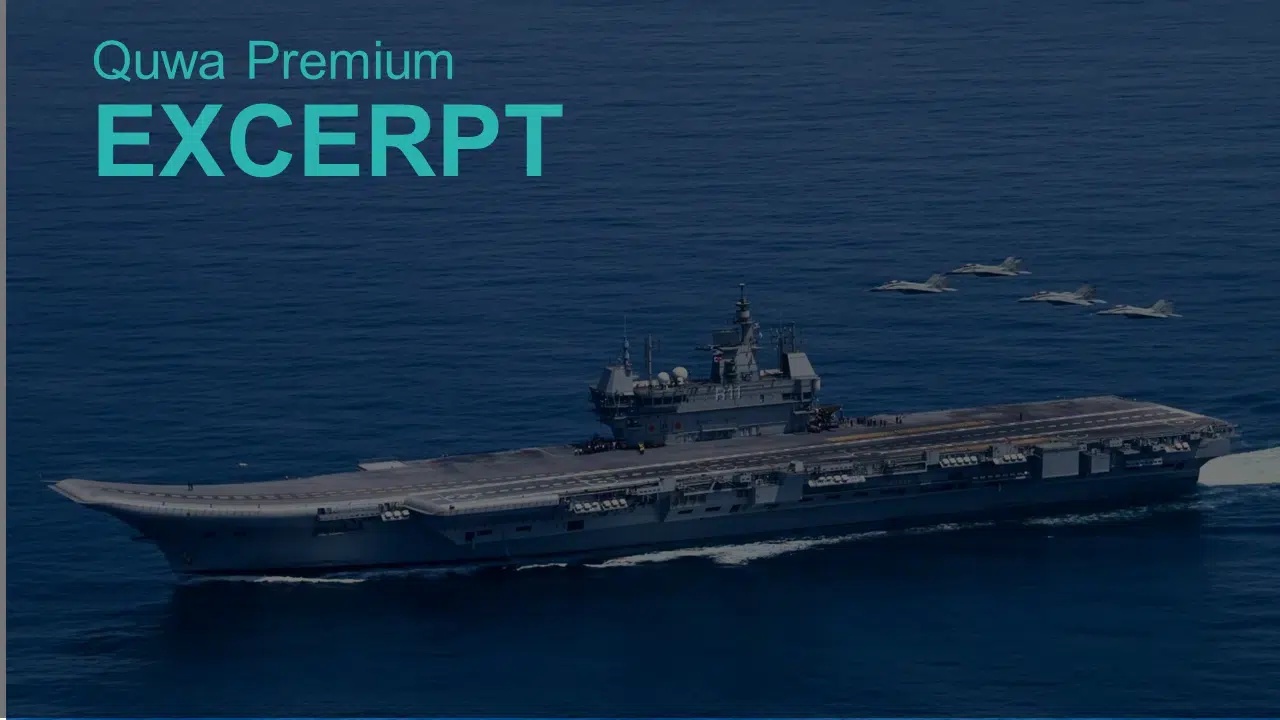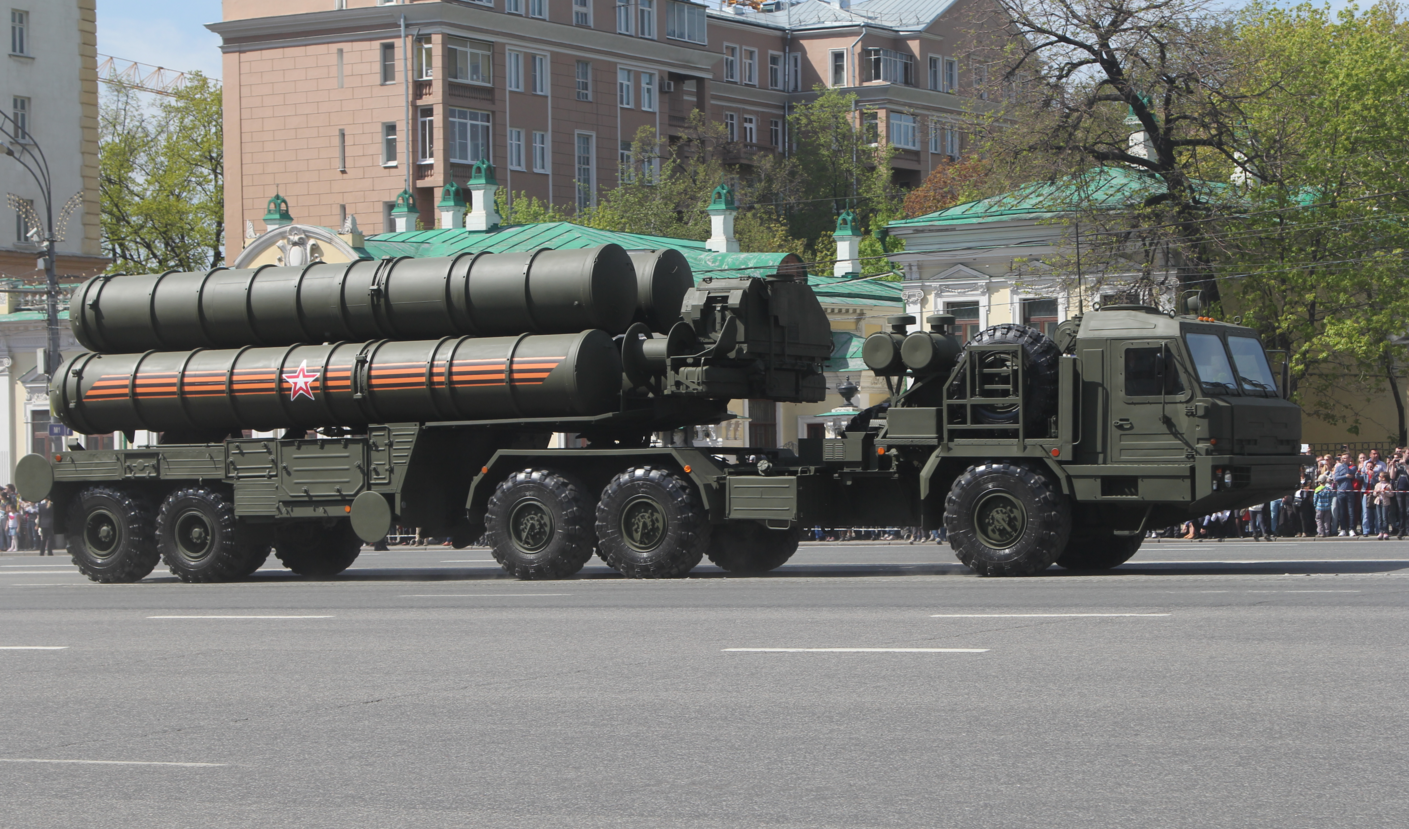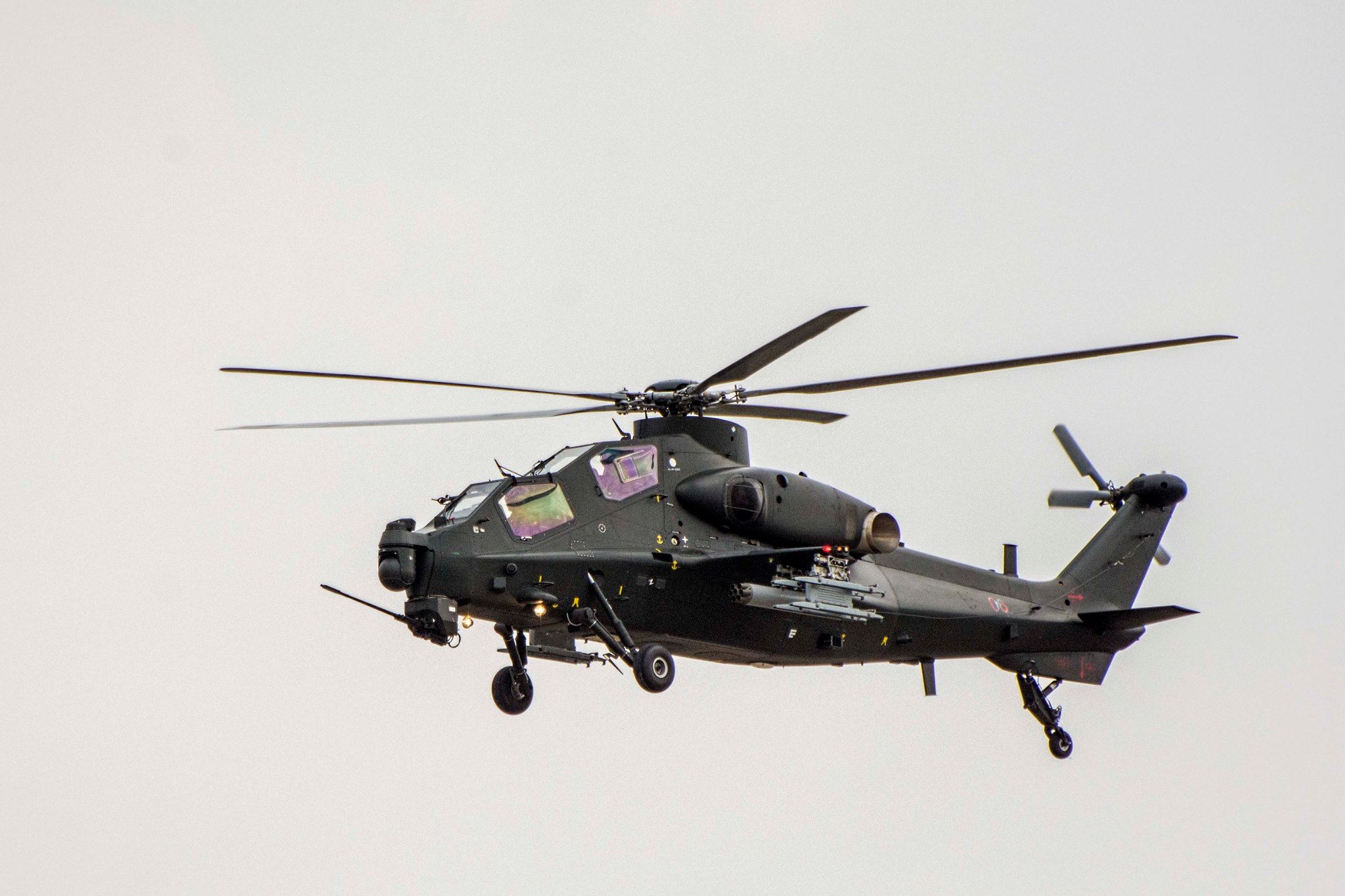2791Views

Monthly Defense News – September 2023
India Mulls Second Indigenous Aircraft Carrier
India’s Defence Procurement Board (DPB) is evaluating the Indian Navy’s (IN) request to potentially build a second Vikrant-class aircraft carrier. The proposed project could cost approximately $4.8 billion USD – or (₹40,000 crore INR). Cochin Shipyard Limited (CSL), which built India’s first indigenous aircraft carrier, INS Vikrant, would also construct the second potential ship.
Originally, the IN sought to build upon the INS Vikrant – i.e., Indigenous Aircraft Carrier (IAC) – with a larger, more sophisticated ship. Reports indicate that a proposed IAC II could leverage a catapult assisted take-off barrier arrested recovery (CATOBAR) system rather than the short take-off but arrested recovery (STOBAR) configuration of INS Vikrant (IAC-I). However, the former would have been more complex and, in turn, also costlier compared to the IAC-I design, which at this point is a matured and tested configuration.
To continue building its seaborne aviation strength, the IN opted to instead pursue a second Vikrant-class carrier, i.e., drawing more out of the existing research and development (R&D) overhead that was invested in IAC-I. The second Vikrant-class carrier would also be around 45,000 tons in displacement with a STOBAR configuration, though it is expected to carry a number of modifications compared to the INS Vikrant. It is a rational decision to pursue an existing design, especially one whose design issues were resolved instead of an untested and more complex system…
End of excerpt. Subscribe to Quwa Premium to read the rest of this section.
Turkey’s Roketsan Preps UAV-230 Missile for Production
Roketsan is preparing to begin the production of its new UAV-230 air-to-surface ballistic missile from 2024. The UAV-230 is based on Roketsan’s TRG-230, a 230 mm multi-barrel rocket system (MBRL). The UAV-230 relies on a GNSS-aided navigation system, though Roketsan did not mention whether there is a terminal-stage seeker in place. Reports suggest that a semi-active laser-homing (SALH) system could be added.
With a stated range of over 150 km (conditional on the altitude and speed of the launch platform) and a weight of 225 kg, the UAV-230 can be carried from a wide variety of systems, including drones. However, Roketsan is also marketing the UAV-230 as a surface-to-surface missile (SSM) that can be launched from ships, such as the MILGEM-series of corvettes and frigates, and land-based vehicles…
End of excerpt. Subscribe to Quwa Premium to read the rest of this section.
Pakistan’s GIDS Reveals Indigenous Turbojet Engine
Global Industrial and Defence Solutions (GIDS), a conglomerate representing the country’s state-owned defence enterprises, revealed an indigenous miniature turbojet system, the NTJ-V1.
The NTJ-V1 weighs under 67 kg, has a diameter of 430 mm, a length of 1,250 mm, and thrust of up to 360 daN (or around 3.6 kN). It offers a maximum continuous operating time of 45 minutes and a shelf-life of 24 years. But it is markedly larger and heavier than comparably powered engines, like the TRI-40.
In fact, the NTJ-V1 may have been the key unlocking Pakistan’s pathway to designing and producing export-grade cruise missiles, like the Harbah-NG anti-ship cruising missile (ASCM) and Taimoor air-launched cruise missile (ALCM). In fact, it is unlikely that Pakistan would have started offering these designs without first indigenizing the critical inputs, especially the propulsion stack…
End of excerpt. Subscribe to Quwa Premium to read the rest of this section.
China Moves to Swap Engines for its Export Submarines
The commander of the Royal Thai Navy (RTN), Admiral Choengchai Chomchoengpaet, announced that the RTN agreed to use the Chinese CHD620 diesel engine in lieu of the German MTU396 to power its S26T air-independent propulsion (AIP) submarine. Interestingly, the RTN commander also referred to the Pakistan Navy (PN) for an informed assessment on the viability of the CHD620. The PN is also procuring the same base submarine model under its Hangor AIP submarine program. However, like the RTN, Germany blocked the transfer of MTU diesel engines for the PN submarine project, thus pushing the PN to rely on China for an analogous engine, and – according to the RTN – the PN also selected the CHD620…
End of excerpt. Subscribe to Quwa Premium to read the rest of this section.
End of Excerpt (615/1,280 words)
You can read the complete article by logging in (click here) or subscribing to Quwa Premium (click here).


